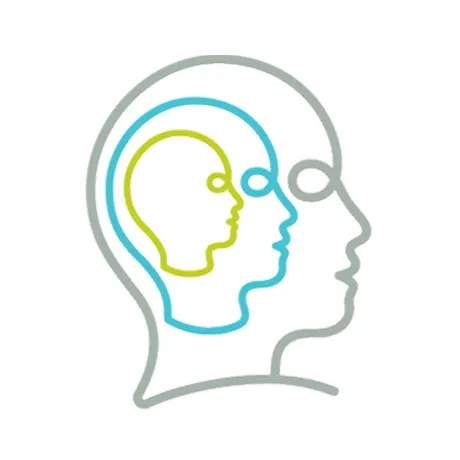Does ADHD raise the risk of mental health issues?
Children with ADHD are more likely than other kids to experience other mental health problems. Research shows they’re at greater risk for behavior issues, anxiety, depression, substance abuse, and self-injury. Adolescence is when kids with ADHD are most at risk of developing another issue.
The most common problems in kids with ADHD are behavior issues. These include refusing (more often than other kids) to follow directions from parents or teachers and having emotional outbursts when asked to do things they find difficult or challenging.
Kids with ADHD tend to get defiant in certain situations. For example, when they’re expected to do homework, go to bed, stop playing a game, or sit down and eat dinner. These situations are hard for them to tolerate because of the difficulties that are part of ADHD. These include:
Paying attention
Tolerating a boring situation
Reining in impulses
Transitioning from a fun activity
Controlling their activity level
When defiance becomes a disorder
Is your child’s pattern of defiance severe enough to make life at school or at home very difficult on a daily basis? If so, and depending on your child’s age and symptoms, these are some of the diagnoses or labels that might be given after evaluation:
Oppositional defiant disorder (ODD) is when a child has a pattern of behaving in uncooperative, defiant, hostile, and annoying ways with authority figures.
Conduct disorder (CD) is when a child has a pattern of being aggressive, disruptive, or deceitful (frequent lying or stealing), and breaking rules.
Disruptive mood dysregulation disorder (DMDD) is when a child has frequent, severe temper outbursts that seem completely out of proportion to the situation. The child is usually irritable in between outbursts.
ADHD, depression, and anxiety
ADHD increases the chances that a child will develop depression, particularly in adolescence. What to look for:
Irritability
Change in sleep patterns
Change in appetite
Change in academic performance
Loss of interest in friends and previously enjoyed activities
Fears that don’t seem reasonable
Withdrawing from family members
If your child shows symptoms of depression for more than a few weeks — and they’re interfering with life at school, with friends, or at home — it’s time to get an evaluation. Keep in mind that treatment for ADHD will not relieve symptoms of depression.
Anxiety is also frequently present in children and adolescents with ADHD. Anxiety takes many forms:
Generalized anxiety disorder is when someone is generally worried about everything and nothing specific all at the same time. A child might have fears and phobias about school, certain foods, germs, etc.
Social anxiety is when someone is extremely fearful of being embarrassed or humiliated in social situations to the point where it gets in the way of daily life.
Separation anxiety is when a child is unreasonably fearful about leaving a parent or is preoccupied with fears that parents or other family members might die.
Obsessive-compulsive disorder is when someone is consumed with fears or unwanted thoughts (obsessions) and tries to control this with repetitive behaviors (compulsions).
If your child seems preoccupied by fears and worries that are causing distress and interfering with life at home or at school, it’s important to have an evaluation for anxiety.
ADHD and substance abuse
Teenagers with ADHD are more likely to have substance abuse issues than kids without a history of ADHD. Kids with ADHD have a tendency toward low self-esteem. This may draw them to other kids who are more likely to be abusing drugs or alcohol.
Although kids with ADHD are at higher risk for substance abuse, taking stimulant medication for ADHD does not increase that risk.
If your child develops a substance abuse problem, it’s important to get separate treatment for that.
ADHD and self-injury
Teenage girls with ADHD are more at risk than other girls for self-injury, like cutting. Look for:
Talk about self-injury
Suspicious-looking scars
Wounds that don’t heal or that get worse
Cuts on the same place
Increased isolation
Possession of tools such as shards of glass
Long-sleeved shirts in warm weather
Avoidance of social activities
A lot of adhesive bandages
Refusal to go into the locker room or change clothes in school
Respond immediately if you find that your child has been cutting. The longer a child is self-harming, the more difficult treatment can be. The doctor treating your child’s ADHD would be a good place to start.
There’s no getting around the fact that kids with ADHD are more likely to have some other behavioral or mental health issue. The good news is that parents and caregivers who know what to look for and take action early can do a lot to prevent these issues from becoming serious.
Explore more resources on ADHD and mental health

